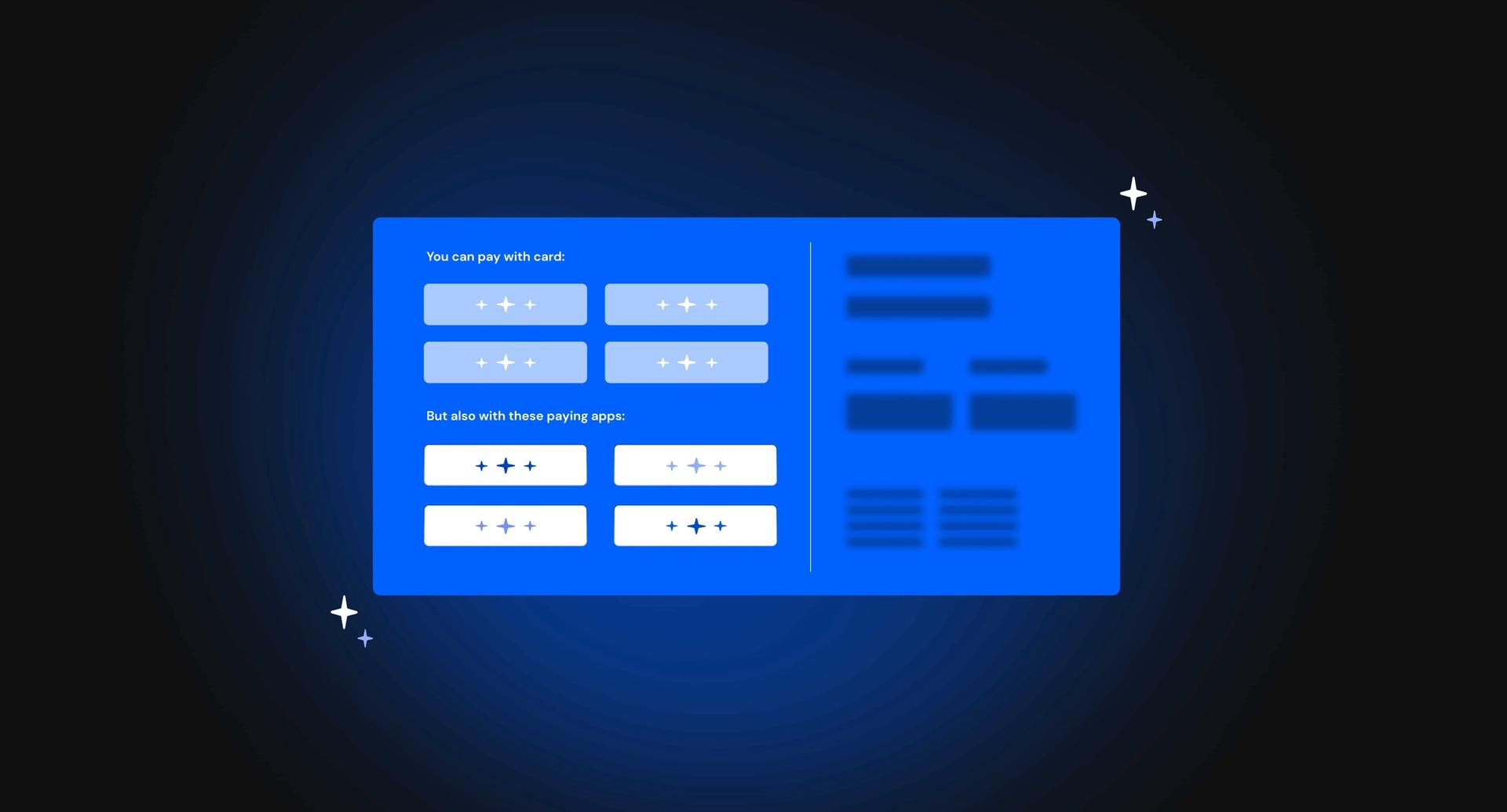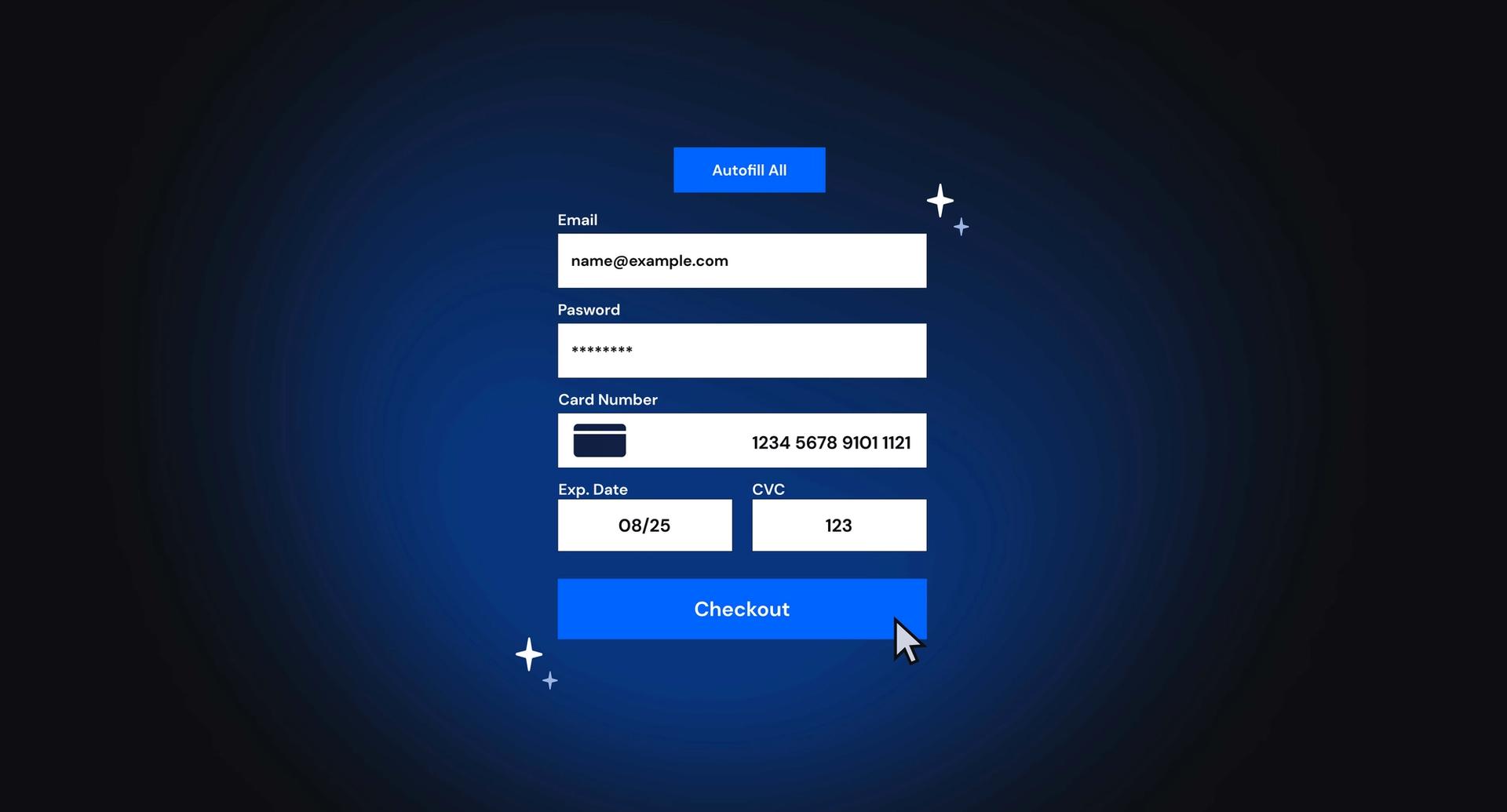In the fast-paced realm of e-commerce, where consumers are just a click away from fulfilling their desires, the significance of payment methods might seem like a straightforward aspect of the online shopping experience.
After all, the primary goal is to seamlessly facilitate transactions, right?
However, delving deeper into the intricacies of payment methods reveals a crucial facet that can either elevate or disrupt an e-commerce site’s user experience (UX).
Consider this scenario: You invest valuable time researching, comparing, and finally deciding on the perfect product. The anticipation builds as you navigate through the checkout process, only to be confronted with an unexpected roadblock – your preferred payment method is unavailable. The frustration and disappointment that accompany such a discovery can significantly tarnish the overall shopping experience. This underscores the importance of implementing effective payment methods on e-commerce platforms.
In this article, we shed light on the often underestimated but pivotal role that payment methods play in shaping user satisfaction. We present a comprehensive guide, outlining five key considerations that e-commerce businesses must keep in mind when presenting payment options on their websites.
Expanding payment horizons for user delight
The first and foremost consideration in optimizing e-commerce payment methods revolves around the principle of offering a diverse array of options. While providing a selection of four credit card types might seem adequate, it falls short of meeting the varied preferences of users. Understanding that individuals often possess a limited set of preferred payment instruments, successful e-commerce platforms go beyond conventional credit card choices.
Users thrive on options and flexibility, appreciating the convenience of selecting from a multitude of payment methods. In addition to major credit cards, it's crucial to incorporate versatile alternatives such as direct bank transfers, renowned payment services like PayPal and Apple Pay, and even innovative solutions like Klarna for cost-splitting.
By integrating these international and well-established brands, e-commerce websites not only instill trust in users but also alleviate concerns about the security of their transactions. Furthermore, acknowledging the importance of local preferences, inclusion of regional payment methods, such as local bank transfers, is paramount.
A comprehensive spectrum of payment choices not only caters to global audiences but also enhances the overall user experience, setting the stage for a seamless and trustworthy transaction process

Communicating accepted payment methods
The second pivotal consideration in optimizing e-commerce payment methods involves ensuring their visibility well before the user reaches the final stages of checkout. To preemptively alleviate the frustration that can arise from discovering limited payment options only at the end of the purchasing journey, it is imperative to communicate accepted payment methods upfront.
This can be effectively achieved by prominently displaying the available payment options on strategic pages such as the footer and the cart page. By providing users with a clear overview of accepted payment methods early in the process, e-commerce platforms empower customers to make informed decisions about their preferred payment instruments, thereby fostering a transparent and confident shopping experience.
This foresighted approach not only enhances user satisfaction but also contributes to a smoother and more seamless transaction process, building trust and loyalty in the online retail landscape.
Navigating swiftness with strategic express checkout placements
The third crucial consideration in optimizing e-commerce payment methods revolves around the strategic positioning of express checkout options. To cultivate the best user experience, it is imperative to make express checkout readily accessible at two key stages—on the cart page and at the commencement of the checkout process.
By offering an express checkout option on the cart page, users who may have overlooked it initially can still opt for a swift and streamlined payment process before advancing further. Placing express checkout prominently at the beginning of the checkout journey reinforces its visibility and convenience.
This thoughtful placement not only caters to the preferences of users seeking a faster transaction process but also aligns with the broader objective of enhancing overall usability.
Streamlining the pathway to express checkout ensures that time-conscious consumers can seamlessly navigate through the payment process, contributing to increased satisfaction and a more efficient online shopping experience.

Breaking boundaries with cost-splitting
The fourth consideration in optimizing e-commerce payment methods involves proactively communicating the availability of cost-splitting services, a feature particularly significant for higher-priced items.
While traditionally associated with substantial purchases, offering users the option to split costs can surprisingly enhance the appeal of even more affordable products. The key to leveraging this service lies in early and clear communication.
To achieve this, strategically position the cost-splitting offer right alongside the full price on product description pages. By presenting this option at the outset, users are informed about the possibility of breaking down payments, fostering transparency and aiding in decision-making.
This approach not only caters to the financial preferences of diverse consumers but also acts as a valuable incentive, potentially influencing purchasing decisions. By integrating cost-splitting services and communicating them prominently, e-commerce platforms can cater to a broader audience, making the shopping experience more accommodating and appealing.

The power of one-click checkout
The fifth and final consideration in refining e-commerce payment methods centers on the implementation of the one-click checkout feature. Pioneered by giants like Amazon, this innovation has become a hallmark of user-centric design in the e-commerce landscape.
The one-click checkout empowers users to swiftly complete their purchase directly from the product details page, eliminating the need to navigate through the cart or checkout pages. With just a single click, users can seamlessly finalize their transactions, streamlining the entire purchasing process.
This not only caters to the increasing demand for efficiency and convenience but also significantly reduces friction in the user journey.
As more e-commerce stores adopt this trend, the one-click checkout stands as a testament to the industry's commitment to providing a frictionless and time-efficient online shopping experience for users across diverse platforms and products.


